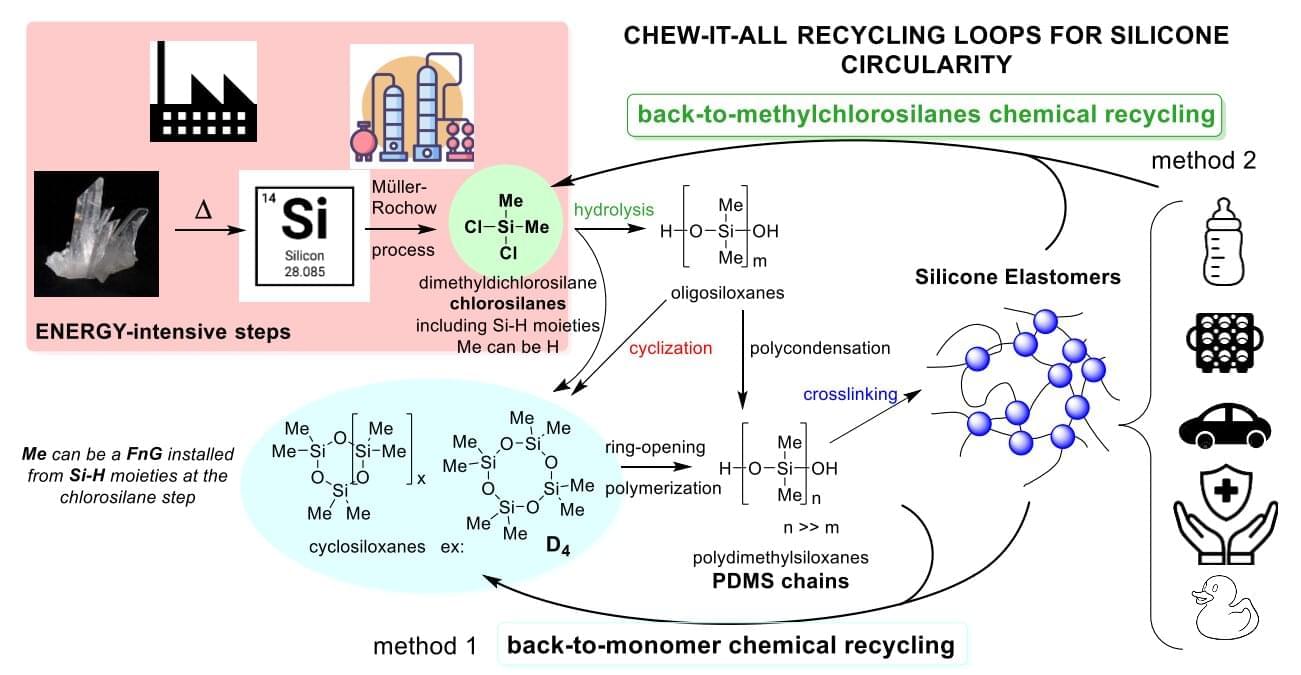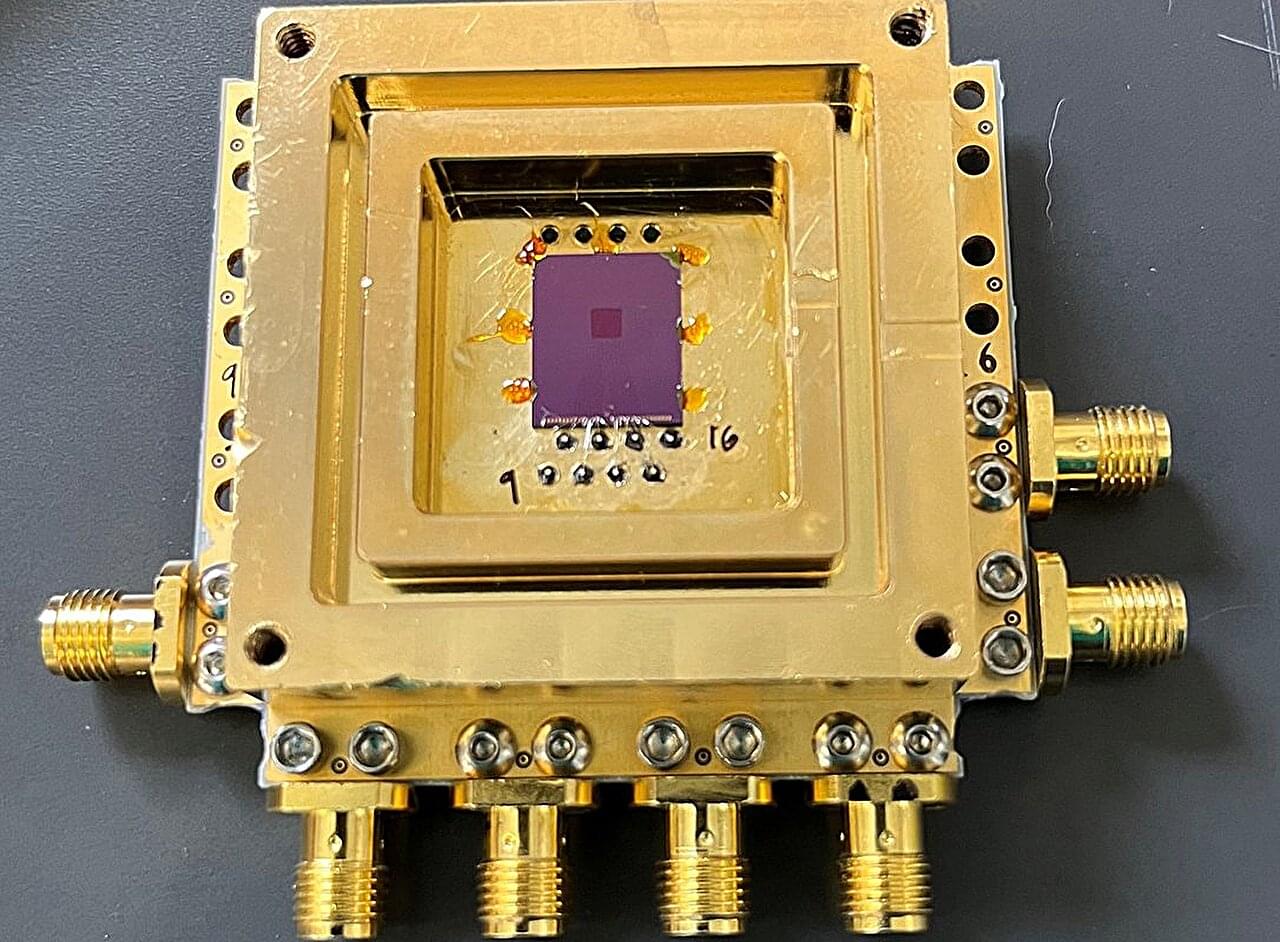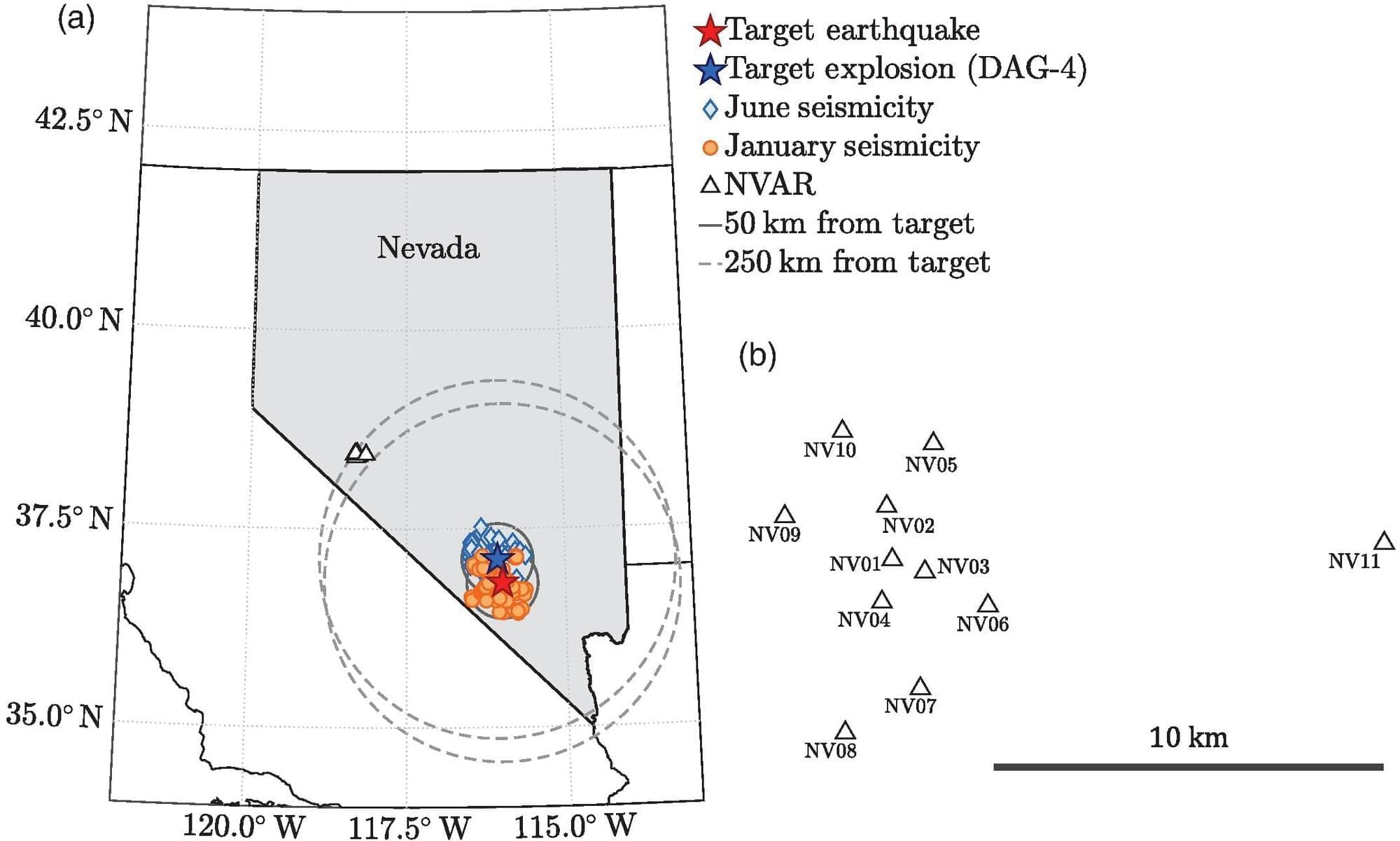The resuspension of seafloor sediments—triggered by human activities such as bottom trawling as well as natural processes like storms and tides—can significantly increase the release of carbon dioxide (CO2) into the atmosphere. When these sediments are exposed to oxygen-rich seawater, large-scale oxidation of pyrite occurs.
This reaction plays a much greater role in CO2 emissions than previously assumed, exceeding the contribution from the oxidation of organic carbon. A new study, published in Communications Earth & Environment, provides the first quantitative evidence of this effect in the western Baltic Sea.
“Fine-grained, muddy sediments are important reservoirs of organic carbon and pyrite,” says lead author Habeeb Thanveer Kalapurakkal, a Ph.D. student in the Benthic Biogeochemistry working group at GEOMAR.









